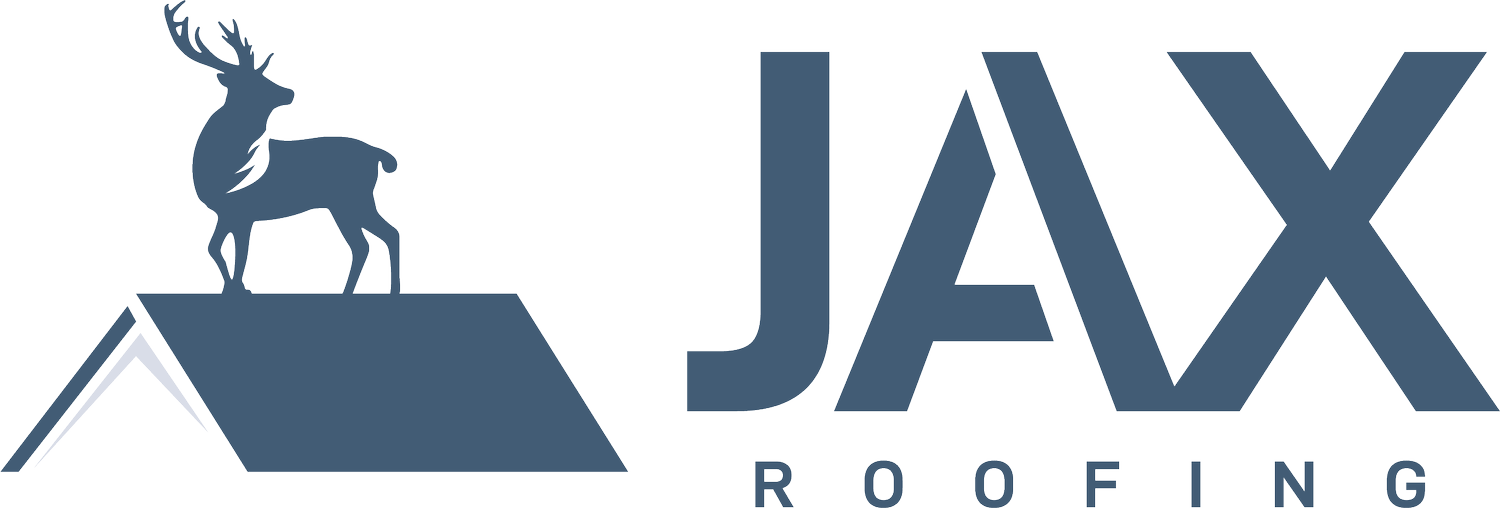Living Under the Blanket: The Impact of Heavy Snow on Your Home
During the winter months many regions embrace the beauty of a snowy landscape. While snow-covered streets and frosted trees create a picturesque scene, the heavy snowfall that accompanies winter can have significant implications for your home, particularly when it comes to the weight on your roof.
The weight of snow on a roof, known as the "snow load," can lead to various challenges and potential risks for homeowners. The weight of snow is influenced by factors such as its density and the duration of accumulation. Wet, heavy snow, laden with moisture, can be particularly dense, significantly increasing the overall snow load. Prolonged periods of snowfall contribute to the gradual buildup of this weight, creating a situation where the roof must contend with a substantial and increasing force.
The challenges arising from the snow load are multifaceted. From structural stress to the potential for leaks and water damage, the impact on homeowners is both tangible and varied. Understanding the dynamics of snow load is a crucial first step in comprehending the risks associated with heavy snowfall. In the subsequent sections, we will delve deeper into the nuanced consequences of snow load on roofs and explore effective strategies for homeowners to navigate this winter challenge.
The Impact on Your Home
Structural Stress: The weight of accumulated snow can exert significant pressure on the structural integrity of your roof. This stress becomes more pronounced as snow turns into ice, adding even more mass to the load. Over time, this stress may compromise the stability of the roof, leading to structural issues.
Leaks and Water Damage: Melting snow can find its way into any vulnerable points in your roof, such as damaged shingles or compromised seals. This can result in leaks, leading to water damage within your home. The gradual infiltration of water can affect insulation, ceilings, and walls, creating an environment conducive to mold growth.
Ice Dams: The freeze-thaw cycle, common in snowy climates, can contribute to the formation of ice dams. These dams prevent melted snow from properly draining off the roof, causing water to pool and potentially seep under shingles. Ice dams not only add weight to the roof but can also lead to water penetration and associated problems.
Mitigating the Risks
Roof Inspection: Regular roof inspections, especially before and after heavy snowfall, are crucial. Look for signs of stress, such as sagging or bowing, and address any potential vulnerabilities promptly.
Snow Removal: Safely removing excess snow from your roof can alleviate the burden. However, it's essential to use proper tools and techniques to avoid causing damage during the removal process.
Insulation and Ventilation: Ensure your attic is well-insulated and adequately ventilated. Proper insulation helps regulate the temperature in the attic, preventing ice dams, while ventilation helps expel excess heat and moisture.
Living in a climate with heavy snowfall can be enchanting, but it's crucial to be mindful of the potential impacts on your home. Understanding the weight of snow on your roof and taking proactive measures can safeguard your home from structural issues, leaks, and other winter-related challenges. Stay vigilant, prepare your home for the winter months, and enjoy the magic of the season without compromising your home's well-being.
Is your roof leaking as the snow melts?
With branches in Indiana and Colorado, we are experts at winter roof care and maintenance. Contact Jax Roofing Colorado or Jax Roofing Indiana to arrange an inspection.
